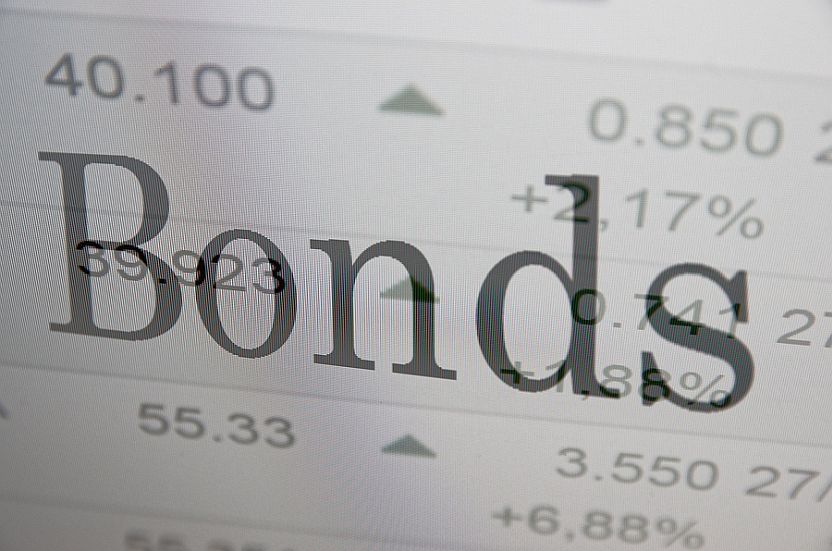FNArena provides a weekly update of Australian listed corporate bond issues, current pricing and yield data.
Talk of dissent at the Fed and a push for an April rate hike helped to send commodity prices south last night. Dow down 79. (Accessible only for subscribers before 10:15 AEST)
As the dust settles on a fresh round of global central bank policy adjustments, stock markets are looking for the next driver. Dow up 21. (Accessible only for subscribers before 10:15 AEST)
Wrap of events affecting the market on Friday night and the weekend and a preview of the week ahead.
As the greenback continued to fall post-Fed, Wall Street continued to rally. Dow up 155, to be positive for 2016. (Accessible only for subscribers before 10:15 AEST)
FNArena provides a weekly update of Australian listed corporate bond issues, current pricing and yield data.
First they said four, but the market said two, so now they say two. Dow up 74. (Accessible only for subscribers before 10:15 AEST)
It was another low volume session on Wall Street ahead of tonight’s Fed statement although the Dow did recover from 100 point down to close up 22. (Accessible only for subscribers before 10:15 AEST)
Wall Street went quiet last night in the wake of the ECB-inspired rally, awaiting both the BoJ and Fed. Dow up 15. (Accessible only for subscribers before 10:15 AEST)
Wrap of events affecting the market on Friday night and the weekend and a preview of the week ahead.





